PPT-Structs Irvine, Kip R. Assembly Language for x86 Processors 7/e, 2015.
Author : natalia-silvester | Published Date : 2018-11-15
2 Structure A template or pattern given to a logically related group of variables field structure member containing data Program access to a structure entire structure
Presentation Embed Code
Download Presentation
Download Presentation The PPT/PDF document "Structs Irvine, Kip R. Assembly Language..." is the property of its rightful owner. Permission is granted to download and print the materials on this website for personal, non-commercial use only, and to display it on your personal computer provided you do not modify the materials and that you retain all copyright notices contained in the materials. By downloading content from our website, you accept the terms of this agreement.
Structs Irvine, Kip R. Assembly Language for x86 Processors 7/e, 2015.: Transcript
Download Rules Of Document
"Structs Irvine, Kip R. Assembly Language for x86 Processors 7/e, 2015."The content belongs to its owner. You may download and print it for personal use, without modification, and keep all copyright notices. By downloading, you agree to these terms.
Related Documents




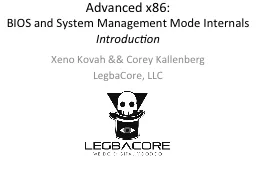

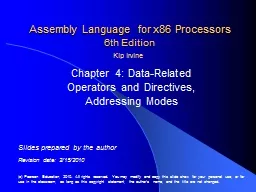
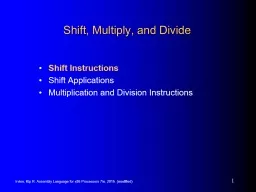

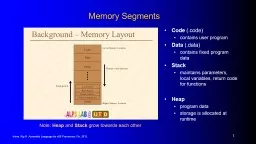
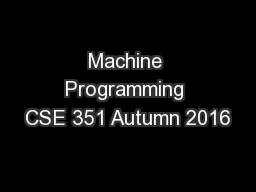

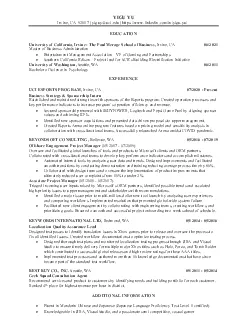
![[BEST]-Assembly Language For X86 Processors](https://thumbs.docslides.com/987100/best-assembly-language-for-x86-processors.jpg)
